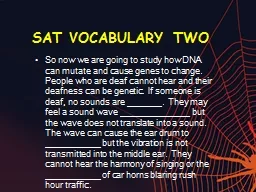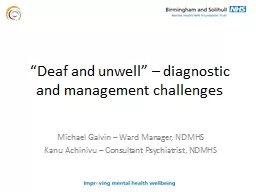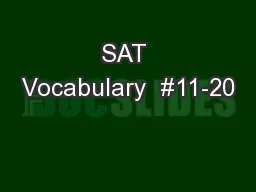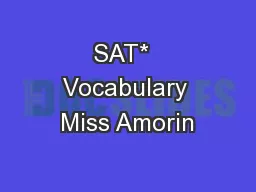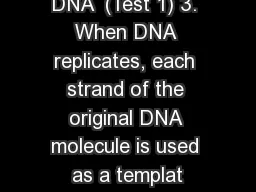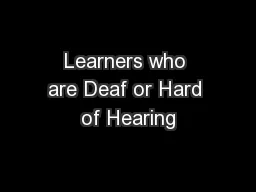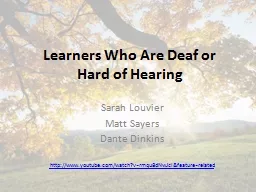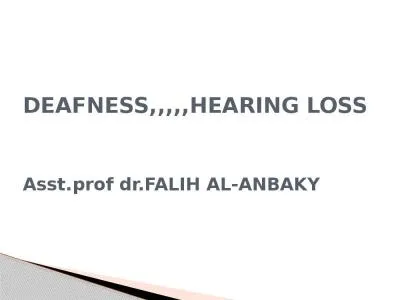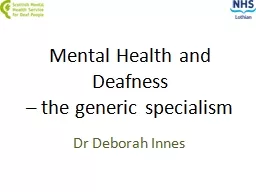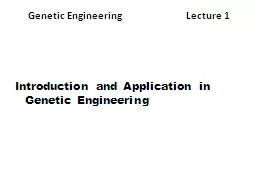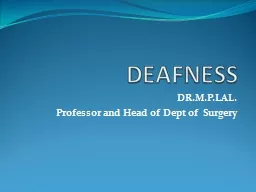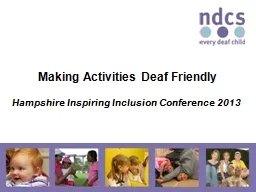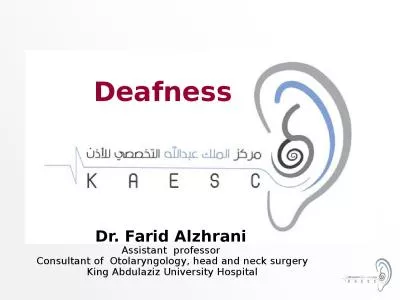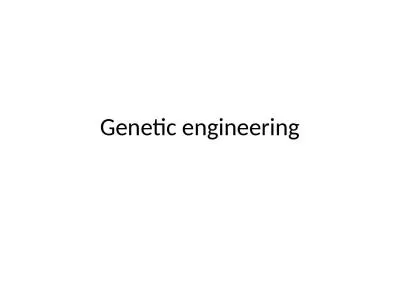PPT-SAT VOCABULARY TWO So now we are going to study how DNA can mutate and cause genes to
Author : conchita-marotz | Published Date : 2019-11-22
SAT VOCABULARY TWO So now we are going to study how DNA can mutate and cause genes to change People who are deaf cannot hear and their deafness can be genetic If
Presentation Embed Code
Download Presentation
Download Presentation The PPT/PDF document "SAT VOCABULARY TWO So now we are going t..." is the property of its rightful owner. Permission is granted to download and print the materials on this website for personal, non-commercial use only, and to display it on your personal computer provided you do not modify the materials and that you retain all copyright notices contained in the materials. By downloading content from our website, you accept the terms of this agreement.
SAT VOCABULARY TWO So now we are going to study how DNA can mutate and cause genes to: Transcript
Download Rules Of Document
"SAT VOCABULARY TWO So now we are going to study how DNA can mutate and cause genes to"The content belongs to its owner. You may download and print it for personal use, without modification, and keep all copyright notices. By downloading, you agree to these terms.
Related Documents

